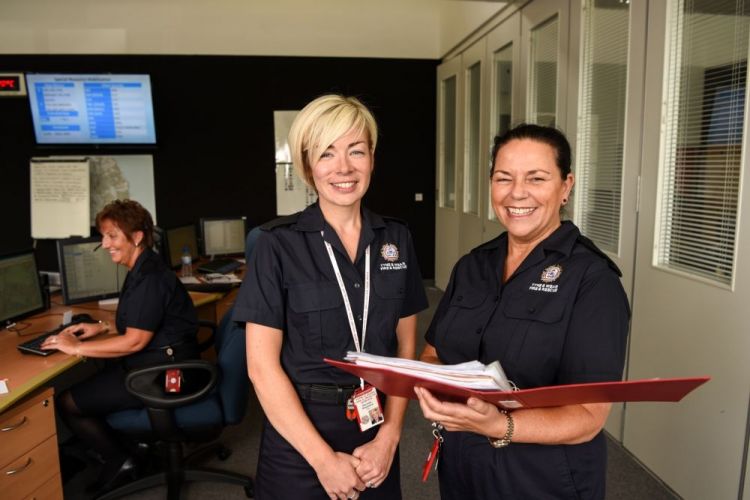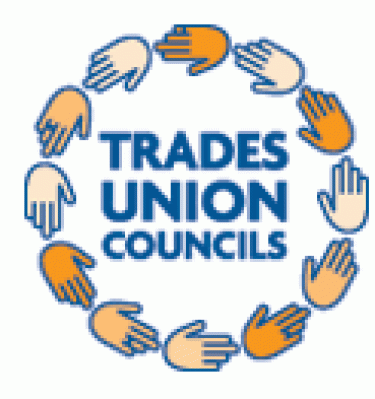How unions work

At work
When a group of workers act and speak together, their employer has to listen. That’s how unions make things better at work.
Unions are groups of workers organised together to win a better deal at work. In most workplaces where unions are active, members will get together to talk about what’s going on – and any problems they are having. The issues most likely to come up are pay, pensions, safety at work, unfair treatment, or simply the way work is organised. The union members elect someone to speak for them, called a rep (or sometimes a shop steward). They are usually a volunteer. The rep takes their concerns with management, and helps individuals too.
In many workplaces, the union is legally recognised by the employer. In these workplaces, the union reps have the right to formally negotiate with managers about pay and other terms and conditions. A union becomes recognised either when enough members have joined and the employer has agreed to recognise the union, or when the union has won a vote of workers. Bigger workplaces may have a number of recognised unions, representing different groups of workers. Reps in bigger workplaces may have agreed time off work (sometimes called facility time) to represent union members in negotiations with managers.
Unions stand up for the workers in times of trouble.
Most sensible employers welcome having a union in their company. They understand that it is better for workers to be able to raise problems and sort them out rather than having to just put up with unfairness or poor treatment. And unions can help companies plan for the future and manage change – as well as making sure workers have an independent voice if big changes like redundancies or site closures are planned.
Beyond the workplace
Unions tend to be organised into branches for similar jobs or a local area, with elected volunteer officers. These branches will be part of a region or nation, and often an industry or professional sector within their union.
All unions have a national committee (often called an executive) and a general secretary. Together they lead the union. Both the executive and the general secretary are elected by individual union members. Each union will hold regular conferences, attended by representatives from branches. The conference decides on the union’s priorities.
Unions also have structures to support the involvement of women, LGBT workers, Black and minority ethnic workers, disabled workers and younger workers.
Most unions also employ paid staff to support members negotiate with employers, run the union and organise in new workplaces. They may also employ lawyers, press officers and campaigners. Unions are financed by members’ subs.



